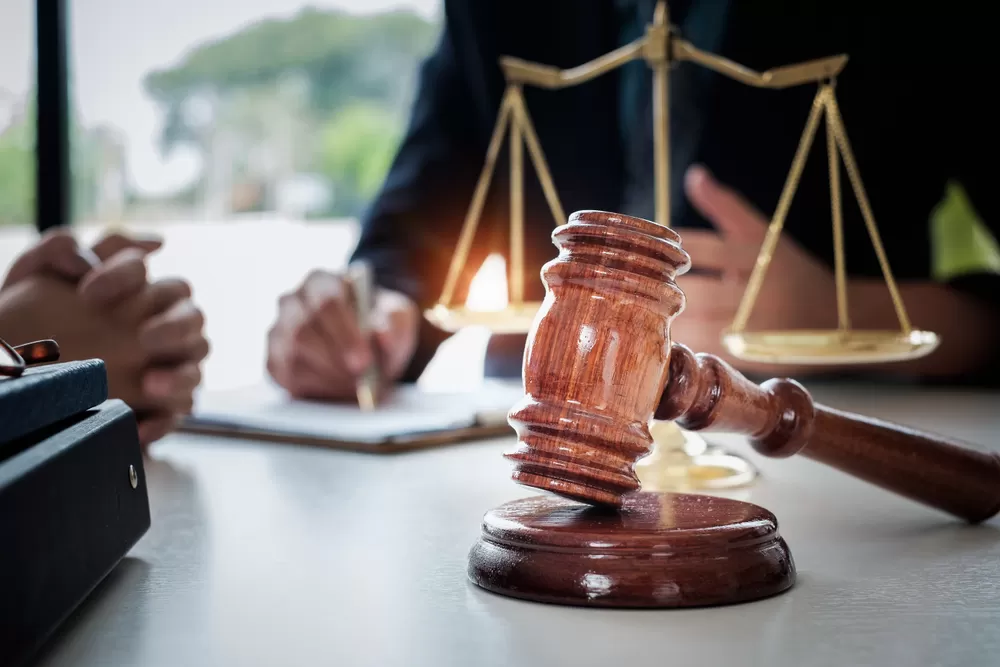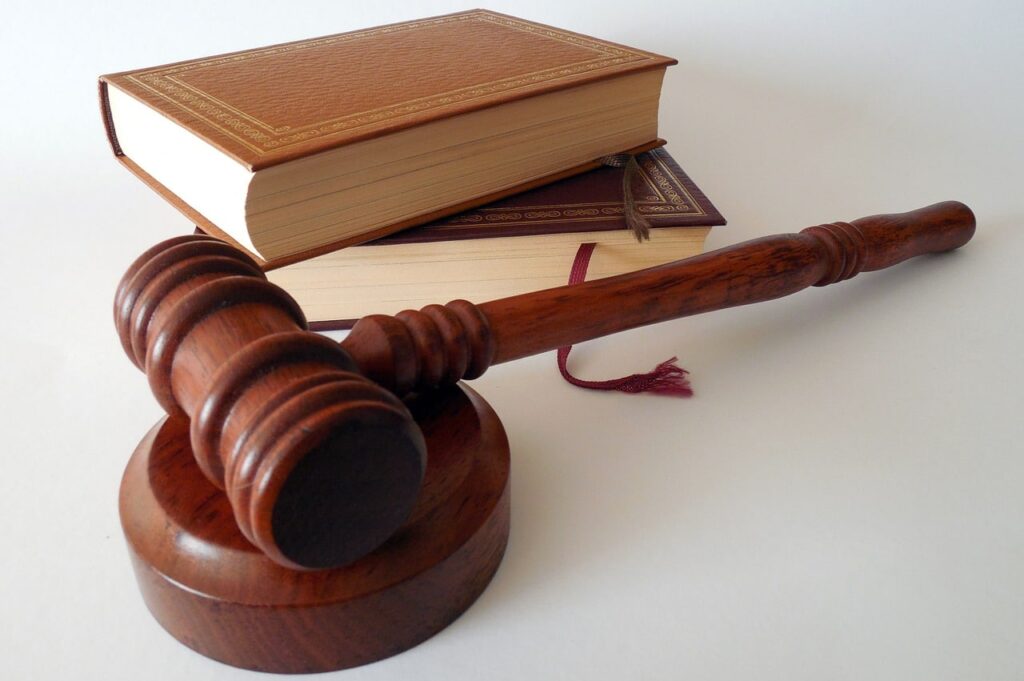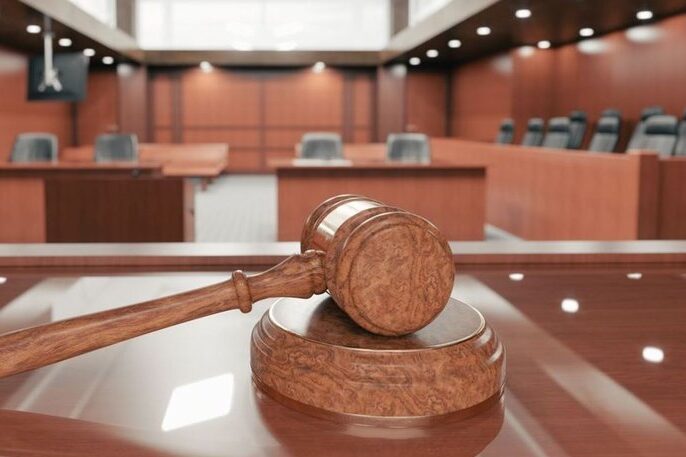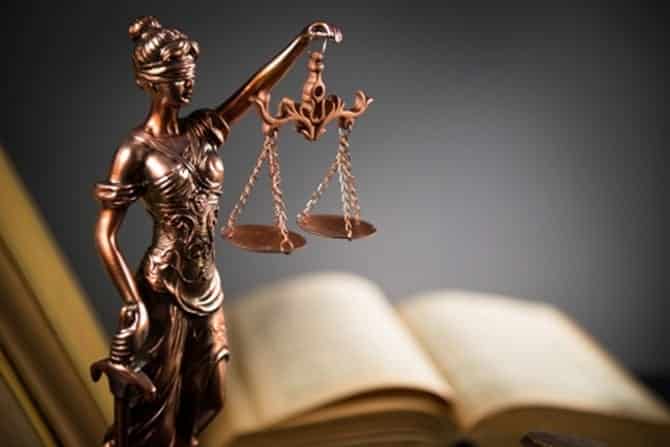Determining Liability in Injury Negligence Cases
In determining liability in injury negligence cases, the legal spotlight first illuminates the concept of duty—establishing whether the defendant owed a responsibility to act or refrain from acting in a certain manner towards the plaintiff. This duty is often delineated by the relationship between the parties or by statutory obligations, setting the stage for what may be deemed reasonable behavior in a given context. It’s at this juncture where the legal process painstakingly unravels the particulars of the alleged negligent act, contrasting it with the standard of care that is expected in similar circumstances. Whether it’s a distracted driver failing to heed traffic laws or a property owner overlooking the maintenance of their premises, identifying the parameters of this duty is the fulcrum upon which the scales of liability begin to tilt.
Once the duty of care has been established, the focus shifts to the breach of that duty—a judicial determination as to whether the defendant’s conduct fell short of the established standard of care. In doing so, the court carefully examines the actions or inactions in question, juxtaposing them with what a reasonably prudent individual would have done under similar circumstances. The crux of this phase hinges on evidentiary elements: witness testimonies, expert analysis, and tangible proof such as camera footage or accident reports are meticulously scrutinized to discern if the defendant’s behavior constitutes a breach. This breach, if proven, effectively connects the defendant’s conduct to the resulting harm, a process intrinsic to illustrating liability and paramount before proceeding to the causation and damages stages of the claim.
Having established the duty and breach thereof, the discourse naturally progresses to causation, a critical nexus tying the defendant’s breach directly to the plaintiff’s injury. The legal axiom here is ‘but for’ the defendant’s actions, the injury would not have occurred, thereby asserting causation by demonstrating that the breach was not just a contributing factor, but the actual cause of harm. This often involves delineating a clear, unbroken line of events from the defendant’s negligent act to the injury sustained. Circumstantial evidence and the principle of foreseeability come into play, allowing the court to deduce whether a reasonable person would have anticipated the risk and its resulting harm. If causation is proven, the case advances towards the assessment of damages, concluding the complex task of determining liability in the intricate maze of negligence injury cases.
Proving Causation: Strategies for Injury Claims
Proving causation in a negligence case is a critical step that hinges on the plaintiff’s ability to demonstrate a clear and unbroken thread linking the defendant’s actions, or lack thereof, to their injuries. Lawyers often tackle this challenge by amassing evidence that creates a compelling narrative, one that elucidates how the defendant’s breach of duty was not just a contributing factor, but the proximate cause of harm. This entails gathering tangible proof such as witness testimonies, surveillance footage, and expert statements, all aimed at painting a vivid picture for the judge or jury that leaves little doubt that, but for the defendant’s negligence, the injury would not have occurred.
Beyond the factual matrix, establishing causation frequently involves a deep dive into the subtleties of the ‘but-for’ and ‘substantial factor’ tests. The ‘but-for’ test postulates that, were it not for the defendant’s negligence, the plaintiff would not have suffered harm. On the other hand, when multiple factors contribute to an injury, the ‘substantial factor’ test is employed, scrutinizing whether the defendant’s conduct was significant enough amidst other variables to be held legally responsible. Legal practitioners must navigate these doctrines skillfully, often leveraging the expertise of accident reconstructionists, medical professionals, and other specialists to fortify their causation arguments. By marrying the technicality of evidentiary support to the legal yardsticks, they aim to prove that the defendant’s breach was not a mere incidental occurrence, but rather the principal catalyst that set the tragic chain of events in motion.
In the final analysis, weaving the narrative together in court requires both methodical preparation and an element of persuasive storytelling. Attorneys must not only present the facts but also construct a coherent and compelling case that resonates with the sensibilities of the jurors or judge. This often involves characterizing the events in a way that humanizes the plaintiff and underscores the real-world implications of the defendant’s breach of duty. By aligning technical evidence with a narrative that emphasizes the preventability of the injury had the defendant acted responsibly, the lawyer can create a powerful argument that adheres to legal standards and, at the same time, appeals to the common notions of fairness and justice within the hearts and minds of the adjudicators.
Legal Standards and Evidence in Negligence Trials
At the heart of negligence trials is the legal standard of care, a criterion that serves as the yardstick against which the defendant’s actions are measured. This standard often hinges on what is reasonably expected from a person in a similar situation. To satisfy this benchmark, the plaintiff must present compelling evidence that the defendant fell short of this societal expectation, thus breaching their duty of care. Such evidence may range from eyewitness testimony and expert analysis to surveillance footage and official reports, each piece meticulously scrutinized to establish a clear narrative of negligence. The strength of this evidence is critical, for it must endure the rigorous examination of both the judge and jury, who are tasked with determining the veracity and relevance of the factual claims presented before the court.
In navigating the waters of evidentiary standards, the imperative for the plaintiff is to prove, on the balance of probabilities, that the defendant’s negligence was the proximate cause of the injury sustained. This causation is often the crux of the case, demanding a granular dissection of events to trace a direct line from the negligent act to the harm suffered. It involves a delicate interplay of facts and expert testimony, particularly when dealing with complex scenarios where multiple factors may have converged to produce the injury. The plaintiff’s ability to illustrate a cohesive and unbroken chain of events is what often tips the scales, transforming a narrative from mere coincidence to one of unassailable cause and effect, thereby solidifying their claim.
Ultimately, in the legal theater of negligence trials, the burden of proof rests squarely on the shoulders of the plaintiff, who must clear the hurdle of establishing the defendant’s liability by the preponderance of the evidence. Yet, the law also mandates that every defendant has the right to a robust defense, which allows for the introduction of competing evidence and theories that aim to undermine the plaintiff’s case. This adversarial process ensures a fair and impartial examination of the facts, where the scales of justice remain in delicate equilibrium until all the evidence has been presented. In the end, it is the persuasive alignment of the evidence with the established legal standards — the synchronicity of duty, breach, causation, and damages — that seals the verdict. It is through this stringent and methodical evaluation that the court arrives at a decision, determining whether the plaintiff’s injuries are indeed the bitter fruit of the defendant’s negligence.







